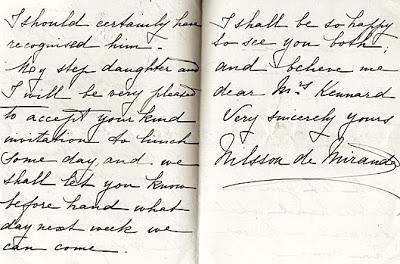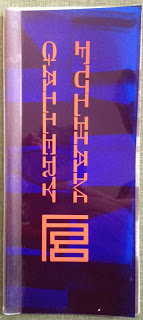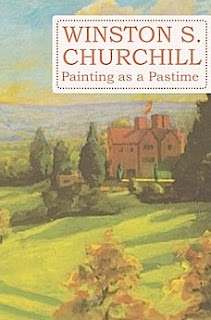When, a few years ago, I bought a copy of Ernst Toller’s Brokenbrow (1926) for its brilliant illustrations by George Grosz, I didn’t take much notice of the bookplate. Recently, I took another look and discovered that it was made for Rudolph Messel, Oxford friend of Evelyn Waugh in the early twenties and one of the lesser known members of the 'Hypocrites Club'.
Born in 1905, the son of wealthy stockbroker Harold George Messel, art was part of Rudolph’s heritage. Famous stage designer Oliver Messel was his cousin and his aunt Maud was daughter of the celebrated Punch cartoonist Linley Sambourne. In 1918, when he was 13 he lost his mother. On his father’s death two years later Rudolph may have become a ward of his uncle Leonard, who in 1915 had inherited Nymans, in Sussex, from his father Ludwig (also a stockbroker ).While Leonard was transforming the gardens of Nymans and filling the mansion with costly art works from around Europe, his nephew Rudolph was living an effete life at Oxford as a member of the notorious Hypocrites Club, whose more famous members included Evelyn Waugh, Terence Greenidge and Lord David Cecil. In 1926, aged 21, Rudolph stayed for a few days on Lundy with Greenidge, probably on the recommendation of Waugh, who had visited the island two years earlier with some fellow Hypocrites. Greenidge and Messel had interests in common . Both liked dogs and both were keen on film. The eccentric Greenidge was perhaps a little keener on dogs than was Messel and attracted attention on Lundy by a habit of kissing his pooch on the mouth.
Continue reading











